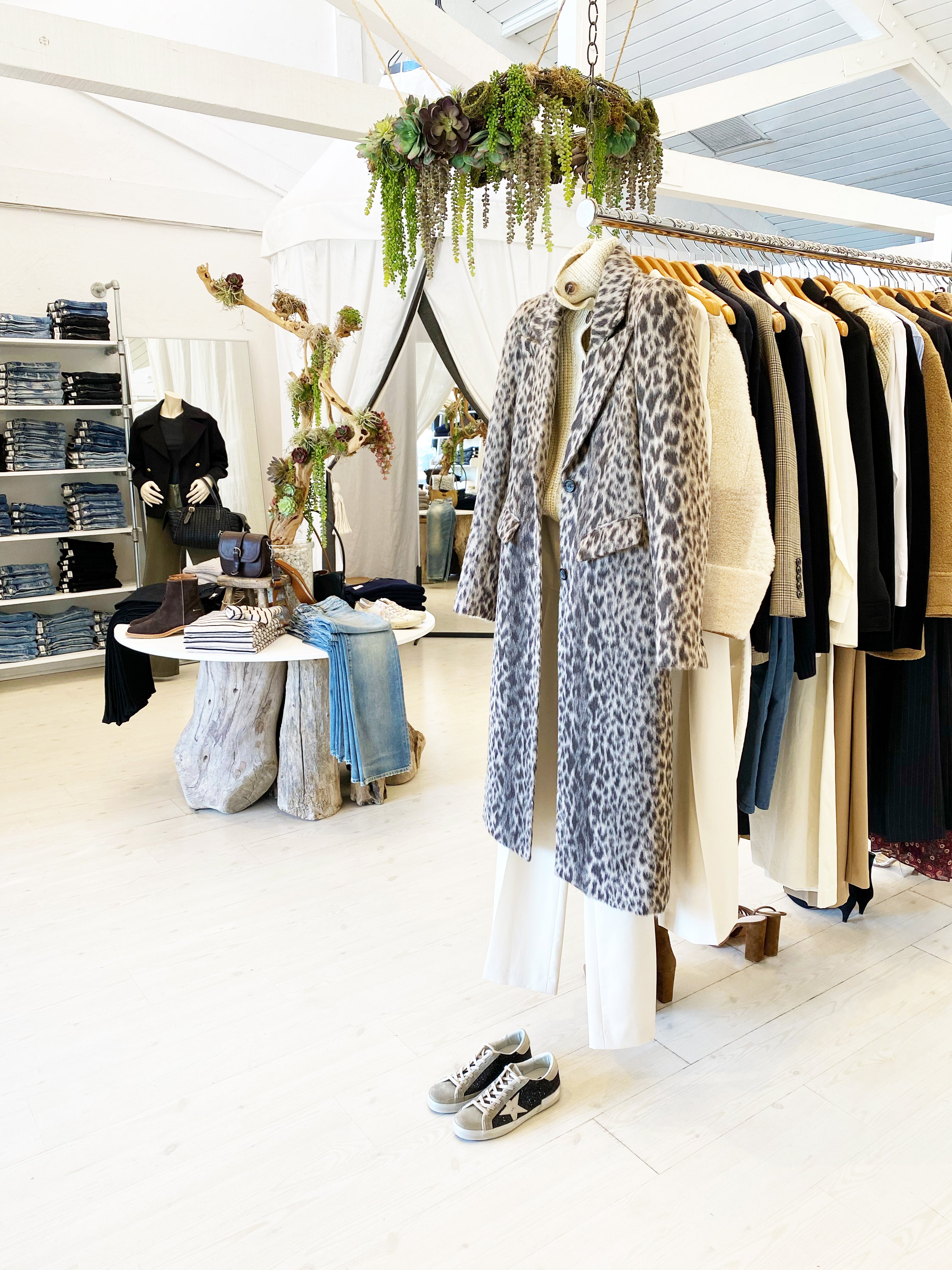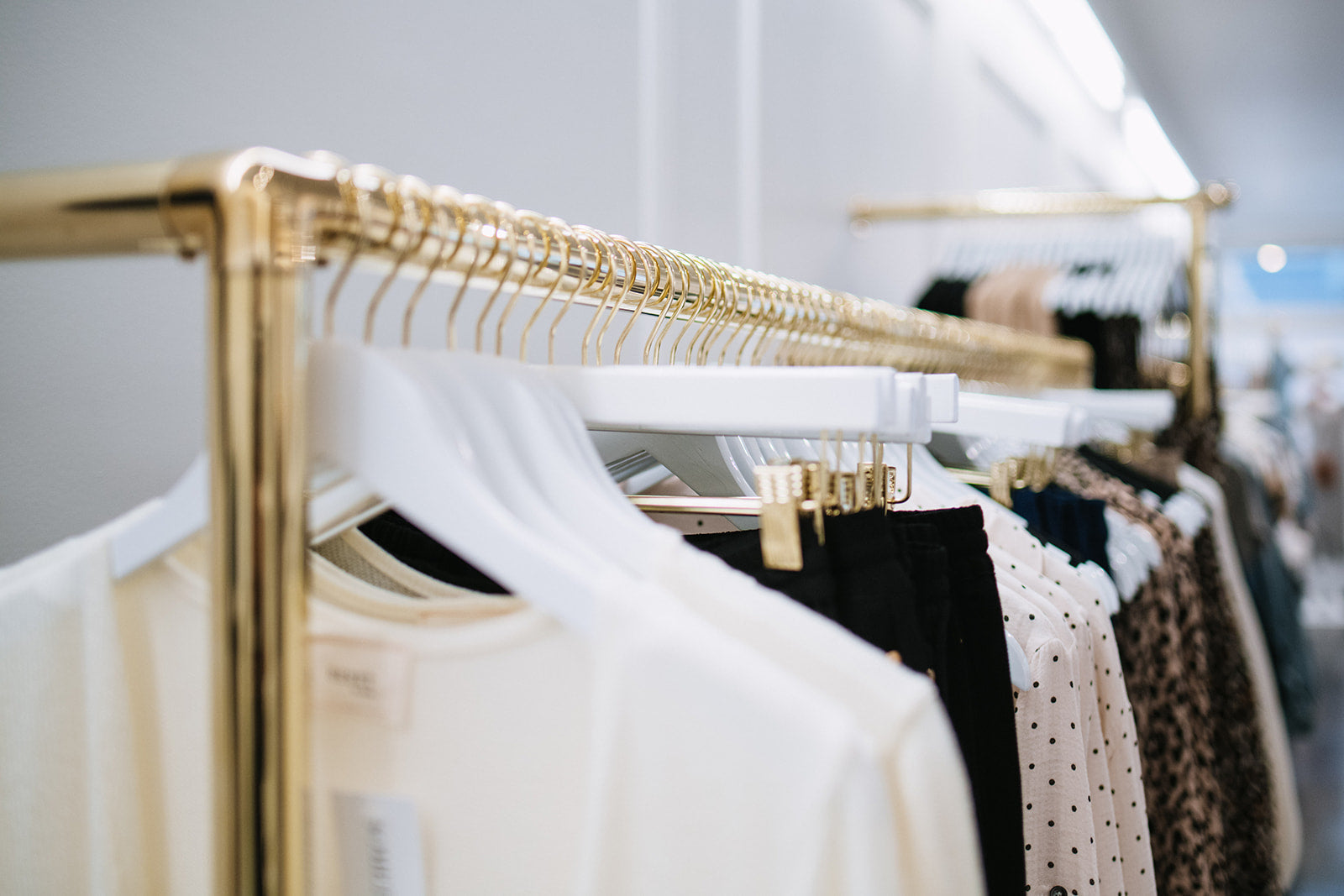Lasting Fashion: How Eco-Friendly Garments Is Forming the Future of Style
As the fashion industry deals with raising scrutiny over its environmental impact, the rise of lasting fashion offers a promising alternative that lines up design with eco-friendly duty. boutique fashion. Exactly how does this movement absolutely affect the future trajectory of fashion, and what obstacles exist ahead in its widespread fostering?
Innovative Lasting Products
As the style industry grapples with its ecological effect, innovative sustainable products have actually arised as a crucial solution for lowering eco-friendly impacts. These products not only reduce reliance on fossil gas yet also lessen harmful pesticide use and water intake.
Along with plant-based products, developments in biofabrication have caused the advancement of lab-grown fabrics. Mycelium natural leather, acquired from mushroom origins, offers a biodegradable and versatile alternative to animal leather. Its production causes substantially reduced carbon exhausts and water use, making it an extra lasting choice for designer seeking to line up with green techniques.
Recycled products are additionally obtaining grip, with polyester made from recycled plastic bottles standing for a significant breakthrough. This advancement not just diverts plastic waste from seas and garbage dumps however likewise reduces power intake contrasted to creating virgin polyester. Together, these products emphasize the capacity for a more sustainable style sector, leading the method for environmentally mindful style and production.
Eco-Conscious Manufacturing
Structure on the innovations in lasting products, the garment industry is likewise re-evaluating its manufacturing processes to further decrease environmental impact. Key methods include reducing water intake, minimizing carbon discharges, and getting rid of hazardous chemicals. By adopting closed-loop systems, producers aim to recycle water and power successfully, significantly reducing waste. The assimilation of renewable resource sources, such as solar and wind power, right into production centers better cuts reliance on fossil gas.
An additional important aspect is the reduction of hazardous chemicals commonly used in dyeing and completing fabrics. Eco-conscious manufacturers are shifting towards plant-based dyes and waterless dyeing modern technologies, which not just protect regional ecosystems but likewise enhance employee safety and security. Innovations like electronic printing lower textile waste and energy usage, using a cleaner choice to conventional techniques.
Additionally, openness and traceability have ended up being extremely important. With the innovation of blockchain technology, companies can now give thorough understandings right into their supply chains, making certain environmentally friendly and ethical practices at each step. This transparency develops consumer count on and motivates brands to keep high sustainability standards. As the demand for eco-conscious products expands, manufacturers are urged to introduce, making sure that the future of fashion is both lasting and fashionable.
The Rise of Upcycling
Upcycling, a transformative technique in sustainable style, includes creatively repurposing disposed of materials right into new, premium products. This ingenious method not just minimizes waste but additionally decreases the need for resources, thereby decreasing the ecological impact of apparel production. By reconstructing and reimagining existing things, designers and style brands are able to instill creativity into their collections while advertising ecological duty.

In addition, the upcycling activity has actually equipped small companies and independent designers, who frequently lead in advancement because of their dexterity and imagination. By profiting from the abundant schedule of unused materials, these entities contribute to a circular economic situation, demonstrating that fashion can be both fashionable and lasting. Via upcycling, the market takes significant strides in the direction of a more conscious and liable future.
Thrift Society's Effect
The blossoming thrift culture dramatically reshapes the landscape of lasting fashion, highlighting the significance of Learn More mindful consumption. This social shift motivates customers to accept pre-owned clothing, consequently minimizing the demand for brand-new garment production and decreasing environmental influence. Second hand buying not just prolongs the lifecycle of apparel however additionally decreases the carbon footprint related to manufacturing, transporting, and dealing with garments.
An essential element of second hand culture is its democratization of fashion. By supplying a wide selection of designs from different eras at budget friendly rates, thrift stores make style accessible to a wider target market. This accessibility promotes a feeling of originality and creativity, as consumers mix and match unique items to curate tailored closets without adding to the fast fashion cycle.
In addition, thrift culture promotes circularity in style, straightening with the concepts of a why not look here circular economic climate. As more developers and customers welcome second hand society, the style market is urged to adjust, incorporating lasting practices to meet the growing need for eco-conscious alternatives.

Future Trends in Fashion
Style's evolution is increasingly formed by technological technologies and sustainability-driven initiatives. As customers come to be extra environmentally aware, the sector is reacting with groundbreaking innovations that redefine the future of style. One prominent trend is the surge of electronic style, where digital garments can be used in increased fact settings, dramatically lowering material waste. This change not only satisfies the digital-savvy consumer yet likewise decreases the environmental impact generally connected with garment manufacturing.
Additionally, the assimilation of blockchain technology uses brand-new possibilities in transparency and traceability, enabling customers to validate the sustainability credentials of their clothes. boutique fashion. This makes certain liability in supply chains and advertises moral sourcing practices. 3D printing is yet another development that guarantees to transform producing processes by allowing on-demand production, consequently minimizing excess stock and waste
In addition, the growth of bio-fabricated products, such as lab-grown natural leather and plant-based fabrics, presents sustainable options to standard products. These innovations reduce reliance on animal products and resource-intensive crops. As these innovations grow, they are positioned to change the style landscape, combining design with sustainability. The future of style, as a result, hinges on a seamless blend of innovation, advancement, and eco-friendly duty.
Conclusion
The transformation of the apparel industry through lasting methods suggests a critical shift in the direction of ecological responsibility. The integration of cutting-edge products, eco-conscious manufacturing strategies, and the embracement of upcycling and thrift blog here culture emphasizes a commitment to reducing eco-friendly footprints. As these techniques acquire energy, they redefine the market's story by prioritizing moral and sustainable choices. This advancement not only straightens fashion with eco-friendly sustainability but likewise sets a precedent for future fads focused on duty and development.
As the style market encounters increasing examination over its ecological impact, the increase of lasting fashion uses an appealing choice that aligns design with eco-friendly responsibility.As the fashion sector grapples with its environmental influence, ingenious lasting materials have actually arised as a vital remedy for minimizing ecological impacts. With each other, these products underscore the possibility for an extra sustainable style sector, leading the way for ecologically mindful layout and manufacturing.
Building on the advancements in lasting products, the style industry is also re-evaluating its manufacturing processes to even more minimize ecological impact. boutique fashion.Upcycling, a transformative method in lasting style, includes artistically repurposing thrown out products right into brand-new, high-grade items